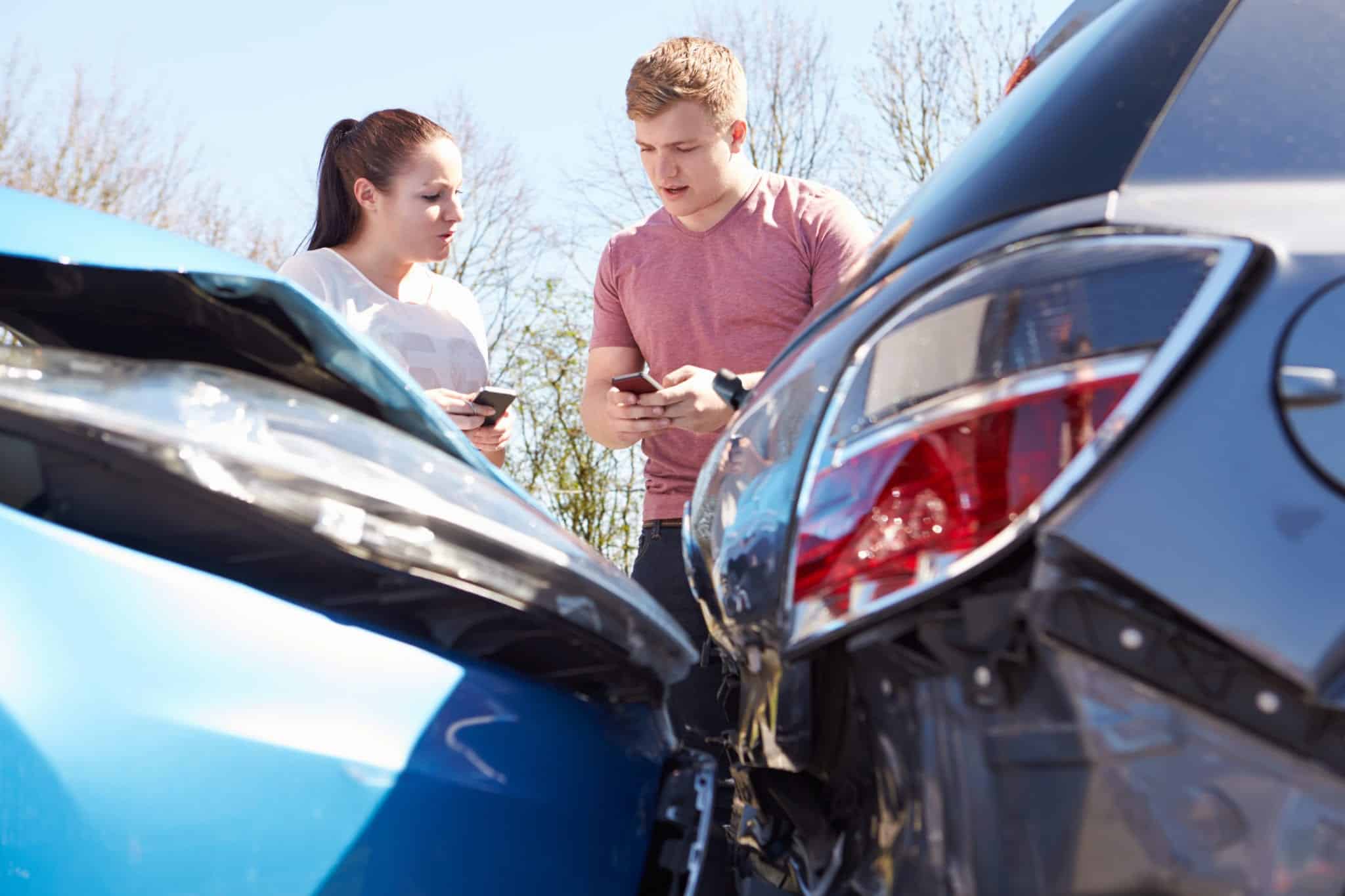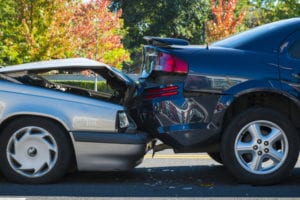
Traffic accidents can raise complex issues of fact and law, particularly when determining which party is responsible. Georgia is an “at-fault state,” meaning the party at-fault in an auto accident is on the hook to pay for the expenses of the other party. In some cases, determining fault is easy, and the at fault party won’t even contest it. However, most car wrecks require an in depth investigation of the facts to determine who is at fault.
The Standard of Care
All drivers on the road have a duty to act with reasonable care towards each other. When a driver breaches this duty, they are said to be negligent. When a negligent driver causes an accident, they are at-fault and owe the other party compensation.
Here are the main factors courts will look to when determining fault:
Whether Rules of the Road Were Broken
One of the most common ways that courts determine which party was at fault in an accident is by looking to see if any traffic laws, or “rules of the road,” were violated. Georgia’s rules of the road, which are a part of the Georgia Code, can be found here. When a violation of these rules caused or was a substantial factor in causing an accident, there is a presumption that the driver in violation was at fault. This is referred to as negligence per se.
However, even when a driver is found to be negligent per se, they still have an opportunity to refute the presumption of negligence and show that the accident was not their fault. Also, it is important to note that a violation of a traffic rule that was not actually a cause of the accident would not be relevant to the issue of fault.
The Type of Accident
For certain types of accidents, fault is predictable. A rear-end collision is almost always the fault of the driver of the vehicle who was coming from behind, because it usually means they were following too close or not paying attention. In accidents where a car is turning left and hits another car head-on, it is almost always the fault of the car turning left because they should have seen the oncoming traffic.
Courts will naturally pay attention to these patterns. But, there are many significant exceptions to these generalities. For instance, if a driver applies the brakes abruptly, cuts another car off, goes well below the speed limit, or was driving without functioning brake lights, they may be the one at fault when they get rear-ended. Similarly, if a left-turning driver is hit by a speeder or a person running a red light, the accident likely isn’t their fault.
What the Police Report Says
A police report can be powerful evidence of fault in a subsequent lawsuit. If you are ever in an accident that was not your fault, you should try to get one. Whether a police report will be available will depend on the severity of the accident, as well as where the accident occurred. Some cities, towns, and rural areas may not have the resources to create police reports for every accident; however, in most instances it will be possible to get one. For instance, Atlanta works to make car-accident police reports available to all those who request one.
If You Have Been in an Auto Accident, Williams Elleby Howard & Easter Can Help
If you have been involved in an auto accident, it is crucial to consult with a qualified attorney to understand your rights. Attorney Joel Williams has experience with these types of cases. He can investigate the facts of your case, explain your rights, and help you get a fair outcome. If you would like more information about this issue or would like to discuss your case, please call us at 833-LEGALGA to schedule your free consultation.





